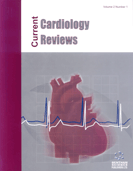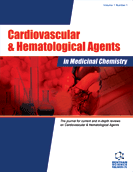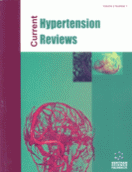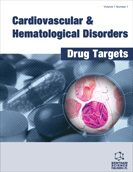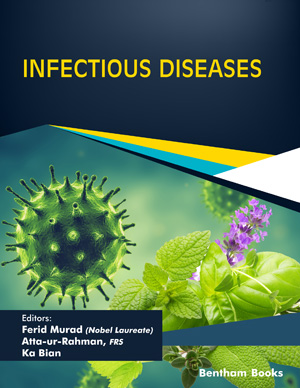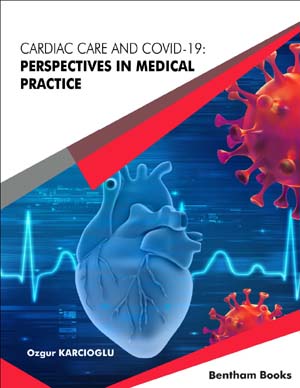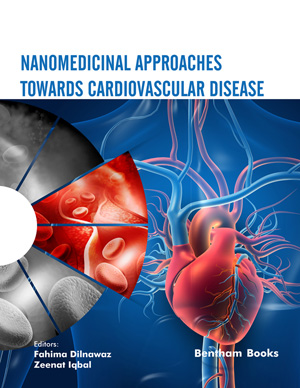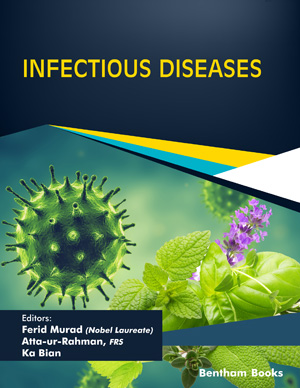Abstract
Recent increase in human lifespan has shifted the spectrum of aging-related disorders to an unprecedented upsurge in cardiovascular diseases, especially calcific aortic valve stenosis, which has an 80% risk of progression to heart failure and death. A current therapeutic option for calcified valves is surgical replacement, which provides only temporary relief. Recent progress in cardiovascular research has suggested that arterial and valve calcification are the result of an active process of osteogenic differentiation, induced by a pro-atherogenic inflammatory response. At molecular level, the calcification process is regulated by a network of signaling pathways, including Notch, Wnt and TGFbeta/BMP pathways, which control the master regulator of osteogenesis Cbfa1/Runx2. Genetic and in vitro studies have implicated Notch signaling in the regulation of macrophage activation and cardiovascular calcification. Individuals with inactivating Notch1 mutations have a high rate of cardiovascular disorders, including valve stenosis and calcification. This article reviews recent progress in the mechanism of cardiovascular calcification and discusses potential molecular mechanisms involved, focusing on Notch receptors. We propose a calcification model where extreme increases in vascular wall cell density due to inflammation-induced cell proliferation can trigger an osteogenic differentiation program mediated by Notch receptors.
Keywords: Calcification, cardiac valve, inflammation, Notch signaling, mesenchymal stem cells, atherosclerosis
Current Cardiology Reviews
Title: Notch Signaling in Cardiovascular Disease and Calcification
Volume: 4 Issue: 3
Author(s): Gabriel Rusanescu, Ralph Weissleder and Elena Aikawa
Affiliation:
Keywords: Calcification, cardiac valve, inflammation, Notch signaling, mesenchymal stem cells, atherosclerosis
Abstract: Recent increase in human lifespan has shifted the spectrum of aging-related disorders to an unprecedented upsurge in cardiovascular diseases, especially calcific aortic valve stenosis, which has an 80% risk of progression to heart failure and death. A current therapeutic option for calcified valves is surgical replacement, which provides only temporary relief. Recent progress in cardiovascular research has suggested that arterial and valve calcification are the result of an active process of osteogenic differentiation, induced by a pro-atherogenic inflammatory response. At molecular level, the calcification process is regulated by a network of signaling pathways, including Notch, Wnt and TGFbeta/BMP pathways, which control the master regulator of osteogenesis Cbfa1/Runx2. Genetic and in vitro studies have implicated Notch signaling in the regulation of macrophage activation and cardiovascular calcification. Individuals with inactivating Notch1 mutations have a high rate of cardiovascular disorders, including valve stenosis and calcification. This article reviews recent progress in the mechanism of cardiovascular calcification and discusses potential molecular mechanisms involved, focusing on Notch receptors. We propose a calcification model where extreme increases in vascular wall cell density due to inflammation-induced cell proliferation can trigger an osteogenic differentiation program mediated by Notch receptors.
Export Options
About this article
Cite this article as:
Rusanescu Gabriel, Weissleder Ralph and Aikawa Elena, Notch Signaling in Cardiovascular Disease and Calcification, Current Cardiology Reviews 2008; 4 (3) . https://dx.doi.org/10.2174/157340308785160552
| DOI https://dx.doi.org/10.2174/157340308785160552 |
Print ISSN 1573-403X |
| Publisher Name Bentham Science Publisher |
Online ISSN 1875-6557 |
 2
2
- Author Guidelines
- Bentham Author Support Services (BASS)
- Graphical Abstracts
- Fabricating and Stating False Information
- Research Misconduct
- Post Publication Discussions and Corrections
- Publishing Ethics and Rectitude
- Increase Visibility of Your Article
- Archiving Policies
- Peer Review Workflow
- Order Your Article Before Print
- Promote Your Article
- Manuscript Transfer Facility
- Editorial Policies
- Allegations from Whistleblowers
- Announcements
Related Articles
-
Pharmacologic Targeting of Endothelial Progenitor Cells
Cardiovascular & Hematological Disorders-Drug Targets Sodium-Glucose Cotransporter Inhibitors in Non- Diabetic Heart Failure: A Narrative Review
Cardiovascular & Hematological Disorders-Drug Targets Murine Models of Vpr-Mediated Pathogenesis
Current HIV Research Statins as Either Immunomodulators or Anti-Cancer Drugs: Functional Activities on Tumor Stromal Cells and Natural Killer Cells
Anti-Inflammatory & Anti-Allergy Agents in Medicinal Chemistry Telmisartan, its Potential Therapeutic Implications in Cardiometabolic Disorders
Recent Patents on Cardiovascular Drug Discovery Regulation of Apoptosis and Cell Survival by Resveratrol
Mini-Reviews in Organic Chemistry Evaluation of Intermediate Endpoints: Clinical Implications in the Management of Arterial Hypertension
Current Hypertension Reviews Spectrum of Radiopharmaceuticals in Nuclear Oncology
Current Cancer Drug Targets Glucagon-Like Peptide 1 and the Cardiovascular System
Current Diabetes Reviews Sodium-Glucose Co-Transporter 2 Inhibitors: From Apple Tree to ‘Sweet Pee’
Current Pharmaceutical Design Human Urotensin II and Metabolic Syndrome
Vascular Disease Prevention (Discontinued) Neuroprotective Effects of <i>Nardostachys jatamansi</i> Against BSO Induced Anxiety via its Antioxidant Machinery and by Elevating Catecholamines and GABA levels in Mice
Current Traditional Medicine Emerging Roles of P2X Receptors in Cancer
Current Medicinal Chemistry Treatments for Obesity-Related Hypertension
Current Hypertension Reviews Myocardial Inflammation in Autoimmune Diseases: Investigation by Cardiovascular Magnetic Resonance and Endomyocardial Biopsy
Inflammation & Allergy - Drug Targets (Discontinued) Sudden Unexpected Death in Infancy (SUDI) — The Role of the Pathologist
Current Pediatric Reviews Inhibition of Interleukin-1 in the Treatment of Selected Cardiovascular Complications
Current Reviews in Clinical and Experimental Pharmacology The Potential of Microalgae for the Production of Bioactive Molecules of Pharmaceutical Interest
Current Pharmaceutical Biotechnology Cell Cycle Checkpoint Genes and Aneuploidy: A Short Review
Current Genomics Potential Therapeutic Effects of Na+/Ca2+ Exchanger Inhibition in Cardiac Diseases
Current Medicinal Chemistry


